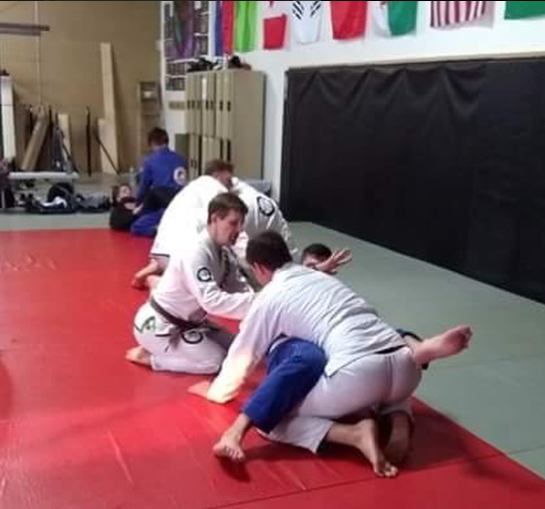Over the past few months, I’ve been asked to teach some small-group self defense workshops. For those workshops, I am always going to start with the information that’s below, in this blog post.
Most self defense situations depend on your awareness in of two concepts: Situational Awareness and Distance Management.
Situational awareness means you know your surroundings, the condition you’re in, and how cognizant you should be of potential dangers. Most situations, especially in the world where we live now, can be resolved by removing yourself from potentially hazardous situations — if there are fights or sexual harassment at the bar you’re at, leave the bar. If you’re getting a bad vibe from a person, you are not obliged to give them your time and attention.
Trust your instincts: if a situation feels wrong for any reason to you, don’t hesitate to remove yourself from that situation. Situational awareness also means having a plan to remove yourself in a crisis. All of this happens before we even get to the “martial arts” techniques, and hopefully prevents us from having to engage in a conflict at all.
Distance management means controlling the distance between you and an adversary. It might (and usually should) mean creating space and getting away. It can also means getting through the danger zone where an adversary can land heavy strikes to incapacitate you. More broadly, distance management means understanding what distance exists between you and your opponent and making a wise decision about what options you have from there.
Falling under these two broad conceptual umbrellas are many important principles: I want to start with a a couple of them.
One: It’s (almost) always better not to fight. If you get in fights, even if you win, you will put yourself at risk and usually take damage. Is it better to have a broken finger or not have a broken finger? Even if you “win,” a fight, you’re usually better off if you haven’t fought. There are some situations where physical confrontation is inevitable, and in the short workshops I’ve been asked to do on occasion, I show some basic techniques that are useful in those situations. I’m always going to pick the techniques that I consider highest-percentage, safest, and most likely to come up. But remember that the best technique is getting out of there.
Two: I’m not going to teach you how to fight. First, fights are risky and dangerous. Second, I can’t teach you how to fight in the time we have for a workshop, and no one else can either: really learning martial arts takes regular training over years, and I think it’s dangerous when people try to give workshop students a false sense of security. Yes, it’s better to know something than to know nothing — but it’s best to know that, even if you’re trained, you’re not invulnerable.
Short workshops are great, but they’re nothing compared to regular training, which helps you build confidence, muscle memory, physical attributes, and — most importantly — the ability to not freak out in high-stress situations like physical confrontations. So go train at a reputable school.
Three: it’s best to focus on simple moves, and only a few moves. The best way to teach someone nothing is to try to teach them everything. So we will focus on getting repetitions on fundamental techniques that will help you achieve the above objectives — managing distance, getting away, and if you have to, staying safe in a confrontation. In a crisis, your knowledge will narrow, and you would much rather have three things you know well than 10 cool moves that you’re not sure about.
Self defense workshops are great, and I think everyone should learn basic self defense skills. But it’s become even more important, in my view, to consider what’s truly effective — and do that.

